Renee Cox – The Goddess from The Bholdr on Vimeo.
article via hyperallergic: Renee Cox
Renee Cox – The Goddess from The Bholdr on Vimeo.
article via hyperallergic: Renee Cox
Filed under art, artists, creative captures
(This never gets old.)
Precise Metallic Replicas of Ancient Fossils and Cells by Allan Drummond – via colossal
Quantum Poetics – Samuel Matlack – via The New Atlantis
Life is a virtual multiplicity, not of things and agents but contemplations and contractions, events and responses. This means there is not a world (actual) that is then represented in images (virtual) by the privileged mind of man (the subject). Life is just this actual-virtual interaction of imaging: each flow of life becomes other in response to what it is not. The anticipation goes beyond what is actual, but also produces a new actual. The image is neither actual nor virtual but the interval that brings actuality out of the virtual. —Claire Colebrook
Filed under 2018 Discoveries, art, artists, cultural contradictions
This is a new record of the iteration number. 750 000 000 ! This value took more than 10 gigabytes of ram to render the reference.
Don’t worry, spiders,
I keep house
casually. (Issa)
Filed under art, artists, play, visual story
JACKSON POLLOCK from STELLALIE PRODUCTION on Vimeo.
In other words, each element – each line in One, for instance, is always rising and falling through distinct semiotic states that exist simultaneously even if they cannot be perceived all at once. This is what defines a convertible sign. Signal Processing, David Joselit On Abstraction Then and Now.
Filed under art, artists, cultural contradictions
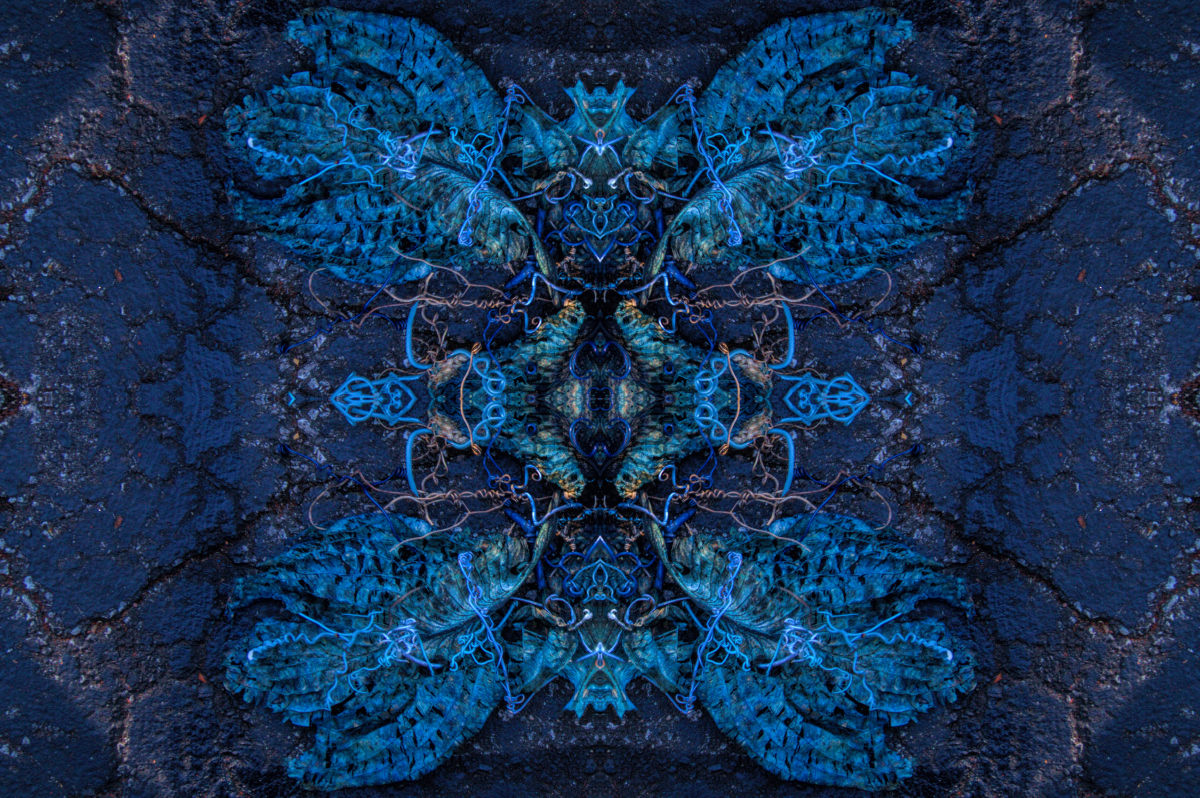
(KNYSNA BLUE MATRIX, 45×68″ aluminum) Large artworks are for me those with one dimension 36″ or greater; so, medium in the scheme of two dimensional images.
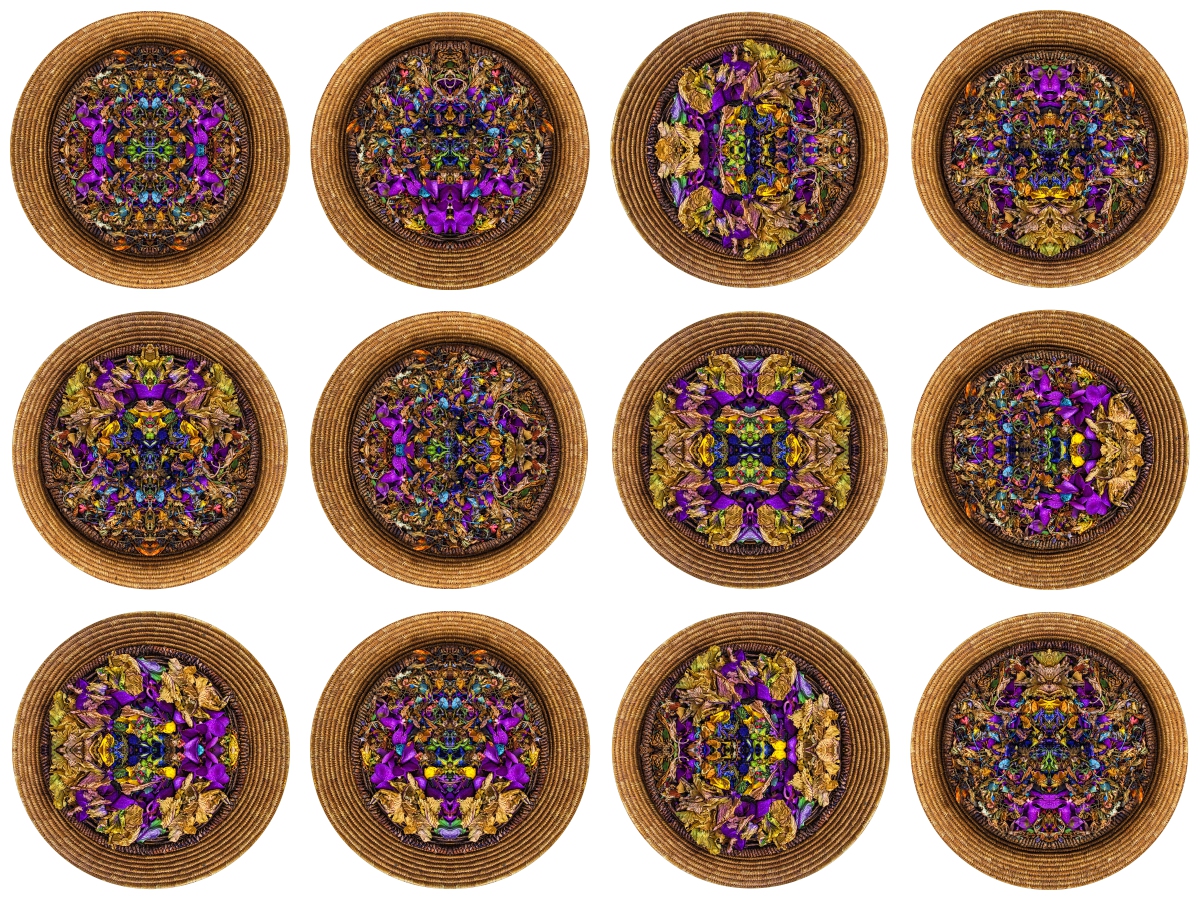
(LARGE DHARMA COMMUNITY 48×64″ aluminum) Finished large pieces may materialize for sale or show.

(ST. MICHAEL’S ANGELIC WIFE 42×32″ aluminum)
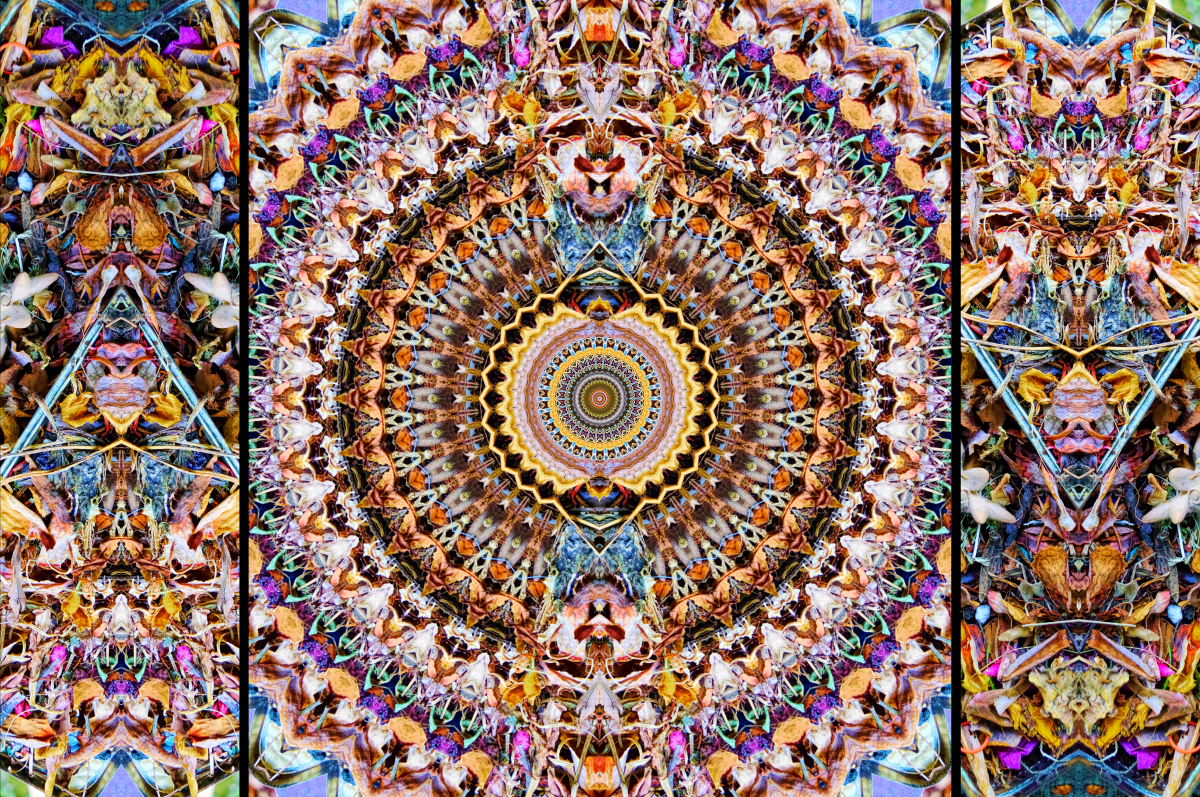
(LISTENING SESSION, SEPTEMBER 1970, 36×54″ paper-aluminum) Some day I will mount an Angels and Rock and Roll exhibit because I have a dozen artworks that feature angels or are a homage to psychedelic concert posters.
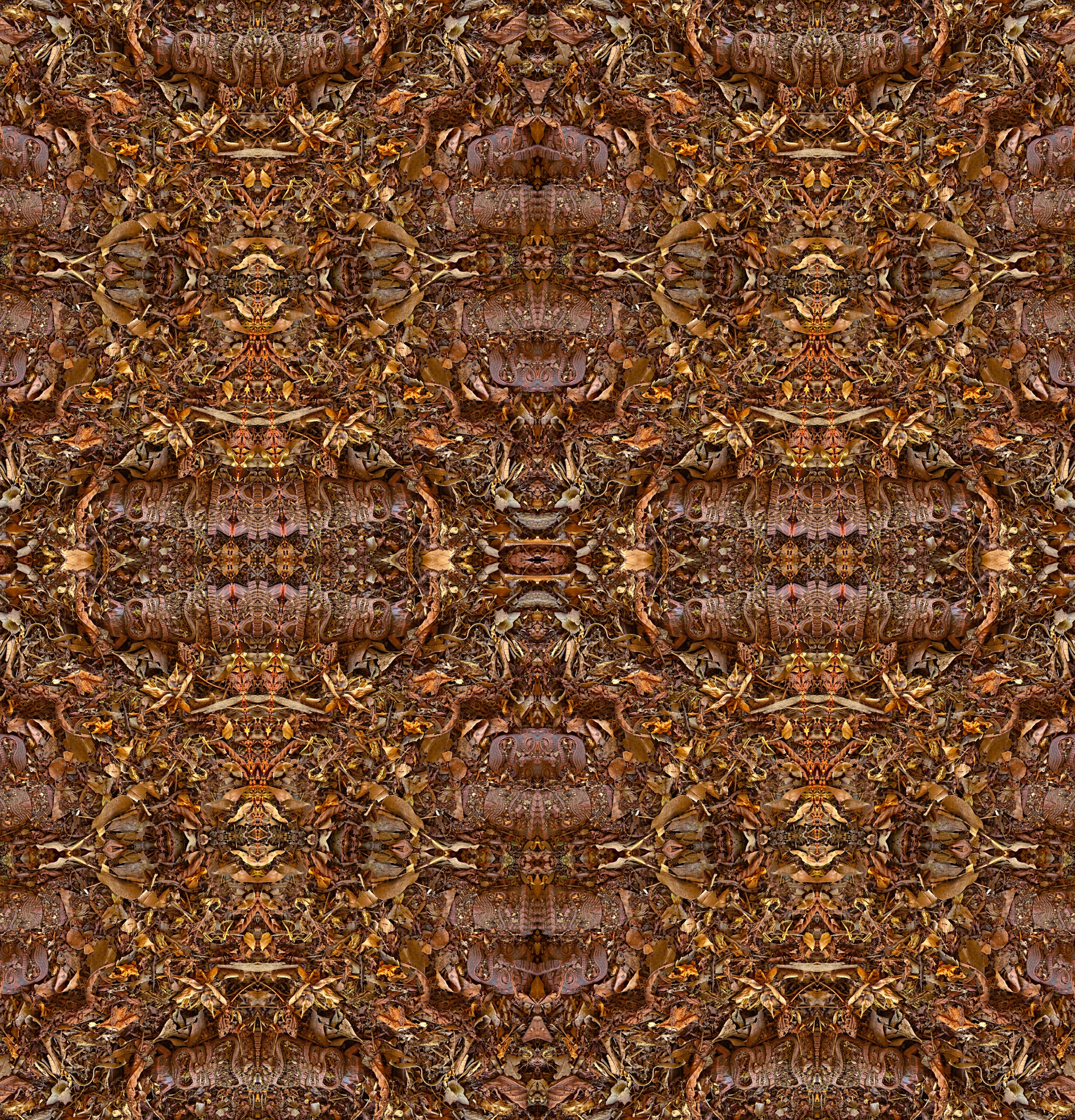
(PACIFIC ACTIVISTS, 54×56″ aluminum panels) This favorite looks quite different depending on from what distance the viewer stands.
Filed under art, artists, visual experiments, my art
On my artist’s web site I maintain an index of posted art works. This page lines up most of my art work in reverse chronological order. The provides an excellent way to review my creative journey over the past years. Last year I produced better work than the year before, and, overall, much better work than was featured in the one person show of 2013-2015 art work that was exhibited throughout 2016 at The Gallery At Grays.
From my perspective, the best work is elevated out of any year, and the shortest narrative of my escapades simply involves highlighting those ne plus ultra successes from each year. My progress over the last year is based in learning from my practice, intuiting fresh approaches, and, subtle recombinations and reconfigurations of previously proven or previously attempted approaches.
None of those background factors figure into the simple qualification I could make about the art works I feel best represent what I am after. After all, what I am after is the viewer’s dedicated engagement with visual seeking amidst the field and its dense resolution of patterns. But, caveat with the work over the last two years regards most of the pieces never having been exhibited. I have some idea of what art works might prove to be the most sensational, but my own estimations are based entirely on my grading how successful the experiment under consideration seems to me to be.
I do not have any issue with grading my own work differentially. The lesser pieces may well strike others as being the superior piece. I am not subjectng anything to formal considerations. I do not post art works from failed experiments.
Mandalas – of the several hundred produced, the following five are tops, and include the art work above. Also of note are the two series, The Steadfastness of Kabir, and, The Four Noble Truths In a Nutshell.
Filed under art, artists, visual experiments, my art
Pablo Amaringo, Shaman and Painter
The universe is an intelligence test. — Timothy Leary
Filed under art, artists, speculations
Black Mountain Research explains its mission. James Elkins kicks off the three videos embedded from BMR’s archive. He’s going to bridge the research element and self-reflexivity, and, the practice-based credential (Ph.D.) formally theorizing artistic practice.
Over the last 20 years art has eased its way into academia. Past the door of the artist’s studio and up the back stairs it tiptoed until, in a very bold move, it seated itself in the commissioner’s chair. Where once art reacted against academies from the outside, art, and the artists who make it, now work from within the institution. Artists interested in pursuing a doctoral degree will have heard time and again about ‘the critical function of art’. Indeed, many theorists would insist on art being defined from this state of opposition (the ‘avant-garde’). But to understand the potential of art today it becomes impossible to separate it from the academic institutions that use its name to label their distinctive, often daring, new departments. – Daniel Rourke, Thoughts On Art Practice PhDs
“Knowledge is and will be produced in order to be sold, it is and will be consumed in order to be valorised in a new production: in both cases, the goal is exchange.” Jean-Francois Lyotard (from D.Rourke)
“Practice is a set of relays from one theoretical point to another, and theory is a relay from one practice to another. No theory can develop without eventually encountering a wall, and practice is necessary for piercing this wall.” —Gilles Deleuze
For background, see:
basic definitions: Research Methodologies for the Creative Arts & Humanities: Practice-based & practice-led research
Research that takes the nature of practice as its central focus is called ‘practice-based’ or
‘practice-led’ research. It is carried out by practitioners, such as artists, designers, curators, writers, musicians, teachers and others, often, but not necessarily, within doctoral research programmes. This kind of research has given rise to new concepts and methods in the generation of original knowledge.It is important to make a clear distinction between practice-based research and pure practice. Many practitioners would say they do ‘research’ as a necessary part of their everyday practice. As the published records of the creative practitioners demonstrate, searching for new understandings and seeking out new techniques for realising ideas is a substantial part of everyday practice. However, this kind of research is, for the most part, directed towards the individual’s particular goals of the time rather than seeking to add to our shared store of knowledge in a more general sense. Scrivener argues that the critical difference is that practice-based research aims to generate culturally novel apprehensions that are not just novel to the creator or individual observers of an artefact; and it is this that distinguishes the researcher from the practitioner (Scrivener, 2002).
excerpt, Practice Based Research: A Guide, Linda Candy (pdf)
Art Practice As Research (portal) at Thinking Practice
Practice in the Flesh of Theory: Art, Research, and the Fine Arts PhD – Natalie S. Loveless
This interests me, cybernetically, as a paradoxical instigation of the academy, resolving as it does an education given to mediate to some degree the contradiction between ‘elite exchange’ and ‘elitist knowing;’ (my terms.) At the same time, informally, my own art practice is coordinated to (re)search at the scale of its art making, so is research through, and with, art making.
Filed under art, artists, education
.jpg!Large.jpg)
As a compendium of signs, this canvas was an apt introduction-practically a manifesto-for a movement dedicated to producing signs that function as distinctive artistic “trademarks” and yet are open to multiple and sometimes infinite optical trajectories. Signal Processing, David Joselit On Abstraction, Then and Now.
Image field populated by eigenforms? Anyway, Infinite Optical Trajectories is an experiential portal.
“All sounds return to one, and where does that one go?” Nyogen Senzaki
Filed under aesthetics, art, artists, philosophy
Kathy described this mind map and I found it out in the wild. Collaborations can lead to interesting incidental paths. Kathy turned me on to Dr. Chris Seeley‘s view of the artful organization. She added her own very highest regard. The incidental informs the future process and relationship and collaboration and transforms into the coincidental. follow along
You can download The Artful Organization via the link for a pdf on this page.
Some Thoughts On Generative Art by Anders Holt
Many who know something about my art practice know I loathe the terms “digital art” and “digital artist.” Both terms strike me as almost always leading right into various thickets of ignorance, bias, oversimplification, and, confusion about what the word “digital” means when applied to art-making. Yes, it is my personal hangup that I don’t want to be associated with inevitable misconceptions about where ‘the digits’ fall in my own process.
On the other hand I dig being someone who creates generative art because I’m always ready to explain how I deploy scripted generative routines to make images. If I encounter someone who knows about generative art processes, one of their first questions will be along the lines of, “what sequences what?”
An art acquaintance asked me on what kind of art I made. My initial response was about processes and processing, ‘After taking pictures of set-ups I cut them into symmetries, and, process these half pieces into full symmetries. I may process the art work further by adjusting pixels using software.’
“Mixed process photographs.”
“Why didn’t you just say so?”
I term the art work to be a: mixed process photographic image, or, mixed process photo-generative image. Sometimes the finished piece is a straight photograph–taken by a digital camera–cut and pasted into a mirror symmetry. It’s all about the process and the ‘processes of processes.’ This fact is, apparently, very hard to approach from the direction of ‘the digital.’
When I imagine possibilities in the realm of generativity, I am visualizing how different iterations of the processing of processes and first order processing work in concert. In this there are features of a peculiar cybernetics anchored to imagining.
Over the past two winters I have not been firing up the generative dashboard, yet I have been stockpiling various experiments, in my head. My goal would be to create a piece as overwhelming as the two here, Brisk Totem, and, Sonny Sharrock in Heaven, both 2015.
Filed under art, artists, my research, personal, visual experiments, my art
2047 APOLOGUE – a concept performance by Zhang Yimou featuring KINETIC LIGHTS from WHITEvoid on Vimeo.
Reality doesn’t impress me. I only believe in intoxication, in ecstasy, and when ordinary life shackles me, I escape, one way or another. No more walls.
? Anaïs Nin
Goggle, bring the goggles…
The world belongs to the energetic. (Ralph Waldo Emerson)
Filed under art, artists, creative captures
FORTUITY [f. L. fortu‹imacbreve›t-us, f. forte by chance, f. fors chance + -ous.]
That happens or is produced by fortune or chance; accidental, casual.
OED
Between 2005-2012, when I was researching serendipity as a decisive aspect of adult development, I brought together a simple insight with the older language of Albert Bandura to formulate a central concept, strategic fortuity.
This concept describes the accidental event that changes everything, and so generates ensuing connective reconfigurations far into the future. But this is not linear at all, so the actual cascade of fortuity acts as a multiplier–as the singular event broadcasts potential and actual instantiations causally related to, but not necessarily in the same order, of the originating serendipitous event. This applies also to the conditions at the time of the eventuated fortuity because those conditions are themselves brought about by prior fortuities.
Example. You met your partner through a marvelous happenstance and soon enough this happenstance sets you on the doorstep of a new house and as it turned out this new dwelling came to you by accident. A strategic fortuity concretely synergizes other fortuities, fortuity fueling fortuity, contingency chained to contingency.
Once you know how strategic fortuity works as a kind of gating and connective circuit completing factor in a social cybernetic routine, there can be very few truly innocent (and naked of contingency,) arrivals of novel data, and, at the second order, of transformative experience, and, at the third order, of novel opportunity or exceptional possibility.
II.
My studio in our house on a quiet inner ring suburban street on the east side of Cleveland is, during its summer season, split between the garage bay where an assembly line dedicated to sorting materials is located, the front porch where most photographs are taken, an attic that houses the old recording studio and now is transformed into the computer-based image processing, printing, a framing center, and, the lower rear porch that is where materials are organized and stored and the still-lifes are set-up. This last location provides me with my own magical cabinet of curiosities. My art practice is centered in this room that overlooks the flower garden.
An inveterate collector of possibly useful materials and items, the set-up room inventories both the objects and the experience of obtaining each bit of stuff. Garage sales are prime sources. In 2015 I picked up a gaudy Chinese ceramic lamp and chatted up the owner, a new media curator at Oberlin. I told him how “you never know what you’ll find,” and he responded,
Of course all art is based in serendipity.
This surprised me. The normative supposition is that art reflects the masterful, thoroughgoing, control of the application of technique to materials, and these then are dynamically brought together to serve and realize an artistic vision. Because, at the time, I was clear about the odd element of serendipity, and, moreover, of underdetermination, in my own art practice, I was not prepared to embrace the man’s assertion, thinking I was a different kind of artist who was really using serendipity. Although it seemed to me that there might be a similar relation between fortuity and event in art-making as there is in scientific research, the confidently delivered ‘of course’ threw me; at the time.
III.

Last year the neighbor’s granddaughter expressed the single best thought yet said to me about my own art. In response to being asked what her experience of Four Observers was, Zoe, eleven years old at the time, told me,
“I had to re-adjust my brain to see farther into your picture.”
Zoe and her younger cousin Amina came to visit their grandparents a few weeks ago. When I learned the two girls were coming for a few weeks, I decided to hatch an experiment involving the two coming over to my studio to intuitively piece together set-up still-lifes. It seemed to me it was likely the girls would jump into playing around creatively in a medium not part of everyday artistic/kids’ routines. I thought I would then photograph what the two came up with and set the girls to discovering what manipulation of their own image each liked best. The bonus for me was an opportunity to do some informal, observational, qualitative research about how young people might approach a simple request to use stuff from the room full of dried plant material and objects to learn and build a, by definition, unique and personal still-life.
The experiment developed to the point I was able to capture photographs on my iPad and import the photos into iColorama, an application that provides an entire suite of manipulation routines. I showed the two how to create the mirror symmetries and other geometric recastings of the source image.
I asked the two to save favored images, as each took turns to use the iPad to manipulate the source images taken from their still life. Then each pointed out which manipulation was their single most favorite. (Those choices were later published to my timeline on Facebook.
IV.
A few days ago, while exporting photographs from my DSLR camera, I noted I had taken photographs of their set-up still-lifes! I had forgotten I had done this, and then recalled I took the raw set-ups outside to photograph right before I deconstructed the still-lifes.
The deconstruction process was one of the remarkable aspects of the experiment’s qualitative aspect. (I primed the girls’ agency right before setting each to the task by reviewing what it means to approach creativity and creating by using intuition, setting aside rules and ‘right ways,’ and, from their own sense, using the ability to ‘wing it,’ and ‘go for it.’) As I deconstructed each piece, I noted a whole slew of qualities, made especially clear by virtue of my understanding the difference between their fresh and inexperienced (with respect to my experience,) operation of the task, with how I tend to build a still-life.
For example, I noted both gravitated to larger objects. Both also seemed to realize a set-up that could stand on its own. I noted there were some concealed yet clear positional coherencies. Amina’s still life is more densely packed than that of cousin Zoe. Were either girl trying to tell a story?
Yet, it wasn’t until I saw the high resolution images pulled off the camera that I was struck–and I gasped–that I was looking at two completely novel images that could not be obtained except through the realized agency of the two cousins, and, crucially, the images could be entered into my own creative process.
Both creative products were obviously consequentially serendipitous. And, anything I might produce by subjecting the images to my own experienced, (and less fresh!) ability to manipulate the images would represent in a singular way my own result being entirely contingent upon, anchored to, the outside creative product of the two cousins.
Any art I might create from the source material provided by others would denote a collaboration forged by means of starting from novel, and, (in my terms,) a “non-reflexive” starting point. Looking at the opportunity with my own eyes I soon saw how I could leverage each of the image’s distinctive compositional and ‘field’ qualities. The images possessed strengths I could not have intentionally brought forth on my own. The strengths were of a different sort than the ones I tend to realize.
By doing a series of manipulations, I generalized and greatly abstracted the objects and object relations of the two still-lifes. The result was this art work.
I’ve worked in this vein several times in the past. This bundle of approaches yields a curvy dancing psychedelic energy.
V.
Next, returning to the originals, I spent time in trial-and-error mode, a mode itself networked via fortuity and possibly happy accidents. I played around with the integration of both of the cousins’ images in a single image for the sake of retaining their detail and some of their object, (or symbolic content.) Eventually, I came up with a circular mandala-like image that is tagged by several whimsical features, none more so than the lips originally found in the mask in Zoe’s image.
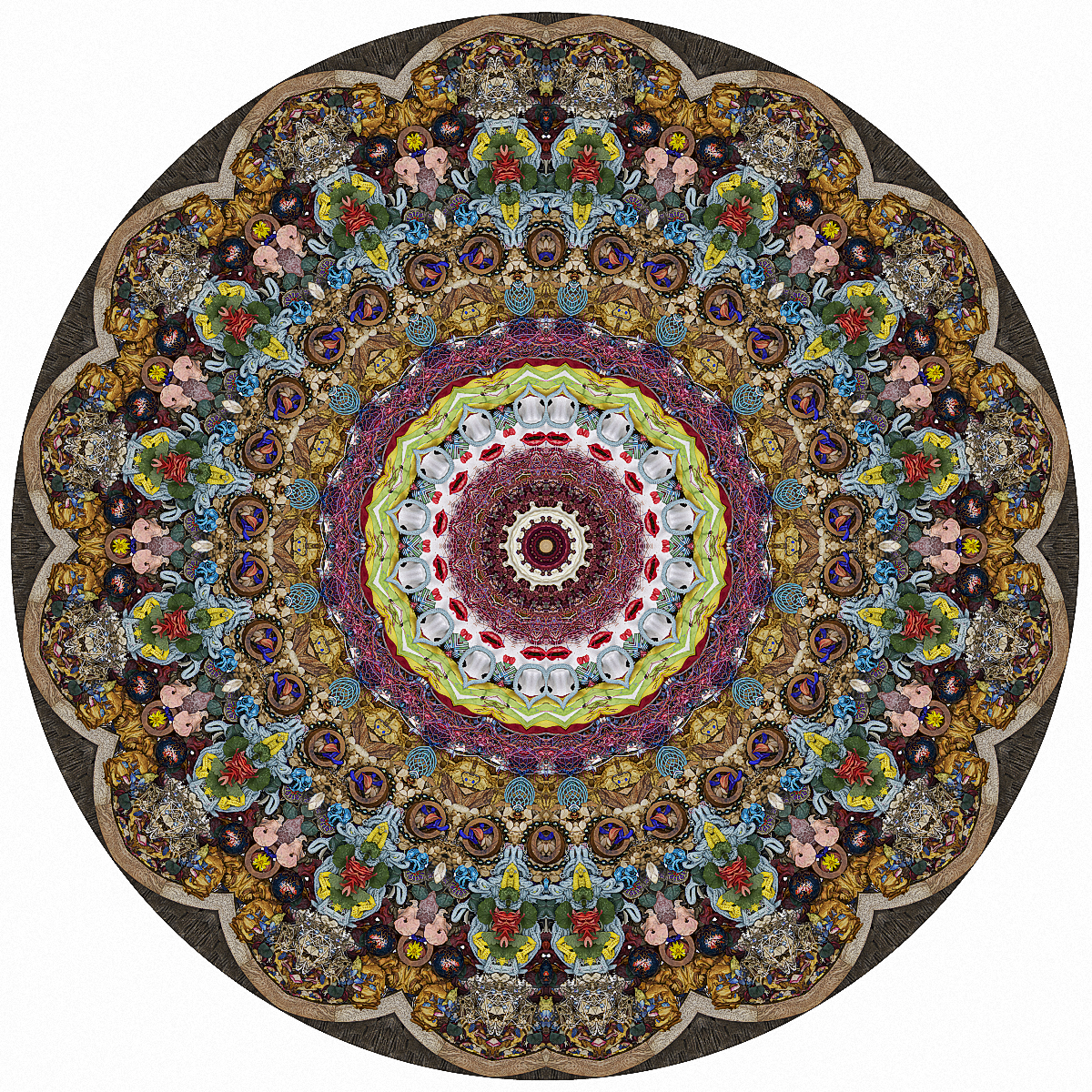
Unity for Zoe and Amina #1 is, in my own judgment, a terrific art work. It is demonstrably so in my art practice’s given aspirational terms, in that it scaled up to a thirty-six inch diameter circular image able to realize what I am usually after: an overwhelming experience of intriguing detail and dynamic, visual, object relations. (The piece will go into my primary catalog and someday will be exhibited along with my best 36-48 inch diameter mandalas, mandala-like, and, what I call, unity, pieces.) This art work will always conceal its story of collaboration and serendipity.
VI.
The imperative of being open to unusual and original instances of source material is a pragmatic consequence of understanding that one of the only ways to assure novelty is to network and collaborate with definitively external human agencies and their unique capacities. In the case discussed here it matters very little that the capacities are naive because it matters greatly that the capacities would nevertheless support the distinctive production of materials unable to be realized any other way.
Agents like this, collaborators like this, bring unique potentialities to the table. The threads of serendipity are structurally most obvious in setting to a task people about which little is known, or, are in practice, strangers, unpracticed, inexperienced, outside the norm, or, even, randomly selected.
The over-arching conditioning of new collaborative potentials are also constructed out of all the hidden and obscure factors which, were these concretized and examined, would showcase all the accidental developmental relations which arrived to produce the actualization of exact contingent conjunctions of agency in time and space. You knock on the wrong door, I invite you in anyway!
The shorter idea about this concerns what had to happen to bring the collaborators together in the instance for which collaboration is possible. The example described here possesses critical ‘priors’ which set my studio down across the street from Roger and his granddaughters. These necessary fortuities are, as I like to put it, innumerably prolix.
The promise of novel heuristics was clarified in the experiment and its later ramifications in my art practice. It is worth supposing that there could be a possibly worthwhile problem-solving routine that involves running the problem by, for example, your children. The point of doing so has to do with networking potentially fruitful resources that are by definition possibly powerful precisely because the steward of the external resource, the outside agent, is going to come up with provisional discoveries and findings which may only be sourced in the agent’s unique flux of experience, global and local aspirations, resourcefulness, and, as it is described, fresh eyes.
Grandpa Roger’s blog, Fear Not, Living the Second Half of Life Unafraid, is superb.
My art practice is not directed to be socially engaged in the conventional ‘art world’ sense of my intent and the work itself referring to social problems or political challenges. (In noting this, if I needed to, I would make a case for its capacity-building potential at the scale and level of individual consciousness. This increase in self-awareness may fund constructive benefits in the social domain.) However, I am a bit of a trickster, so i noted upon visiting the Rijksmuseum’s digital collection that they allowed for open use of available downloads of digitized images from their vast collection, Plus, upon request, the museum could supply to artists hi-resolution images. One has to ask nicely it would seem. Because I had previously manipulated purloined images (via Google image search,) of favored Flemish proto-surrealists of the 16th and 17th century, when I revisited the online Rijksmuseum I had already hatched an idea.
These four works are the result.
–
Straight-forward enough; my art practice is not rocket science. Here is the index of all my best work.
Filed under art, artists, visual experiments, my art
Filed under art, artists, visual experiments, my art
There could be a subset of the literature of art and of art practices that is concerned with only the so-called artist’s statement. Such a scholarly endeavor might go far in going beyond the rote qualifier about such statement, that they are a necessary evil.
For my own part, I have no hesitancy seeing my own statement being the integration of intent and brand, and, alas, psychological priming.
This first of four parts seems nicely tuned, and I wouldn’t offer a statement that I didn’t deeply resonate, yet I intentionally managed to throw in a word the reader might have to look up. Isn’t a law that the artist’s statement has to include a minimum of one such word?
More: artiststephencalhoun.com
Filed under art, artists, visual experiments, my art
Burnt Patch from Museum Trade on Vimeo.
Andrew Goldsworthy
Rivers and Tides: Andrew Goldsworthy Working With Time, is an essential documentary about creativity in the world.
Lori Nix – "Pull them in with beauty" from Derek Means on Vimeo.
Filed under art, artists, creative captures, visual story
“If the aforementioned tendencies—the event-driven turn in the market, the market’s ongoing globalization, the continued ascent of formerly ‘alternative’ practices to the mainstream, and persistent complication around investing in art—have all come into greater clarity over these past five years, one final factor arguably trumps all others with respect to the present vitality of the trade: the growing divide between the top of the market and everything else.” Noah Horowitz, author, The Art of the Deal
There are around 2,000,000 working artists in the USA. Many of them work at other jobs. I do not know of any social science research that is aimed to accurately capture the varieties of business models being deployed by individual artists. That said, there are tiers given by the global art market.
Regional art markets are variously describable, with specific institutional and commercial concerns leading the description of their local ‘art world,’ and, to a lesser extent, the success of some of their resident artists also adding to the description.
The top of the art world is the art world everybody is fascinated by, yet, working artists in their hometowns are much more likely to be fascinated by their local art world.
The amazing paradox of the world of art commerce is that its model is thought to scale all the way down to the lowest tiers of local art worlds. This is paradoxical. The results speak for themselves! I’ll demonstrate this soon. The scaled-down model is preposterous on its face. However, its verities infect most everything in the local art worlds, especially the nature of gatekeeping in those worlds, and, how a simple problem is mediated, that there are many more artworks than there are post-transactional places for the pieces to end up at.
Filed under art markets, art, artists, cultural contradictions